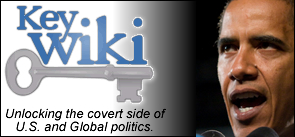The Evolution Of The Oil Weapon
In the age of derivatives, swaps, and electronic money transfers, a new form of warfare has...
Read MoreBy: Benjamin Weingarten TheBlaze In a new book titled “The Floating Kilogram,” former long-time...
Read More

My beloved husband,
GARRY HAMILTON,
passed away
on September 24th, 2022.
I will love you always.

